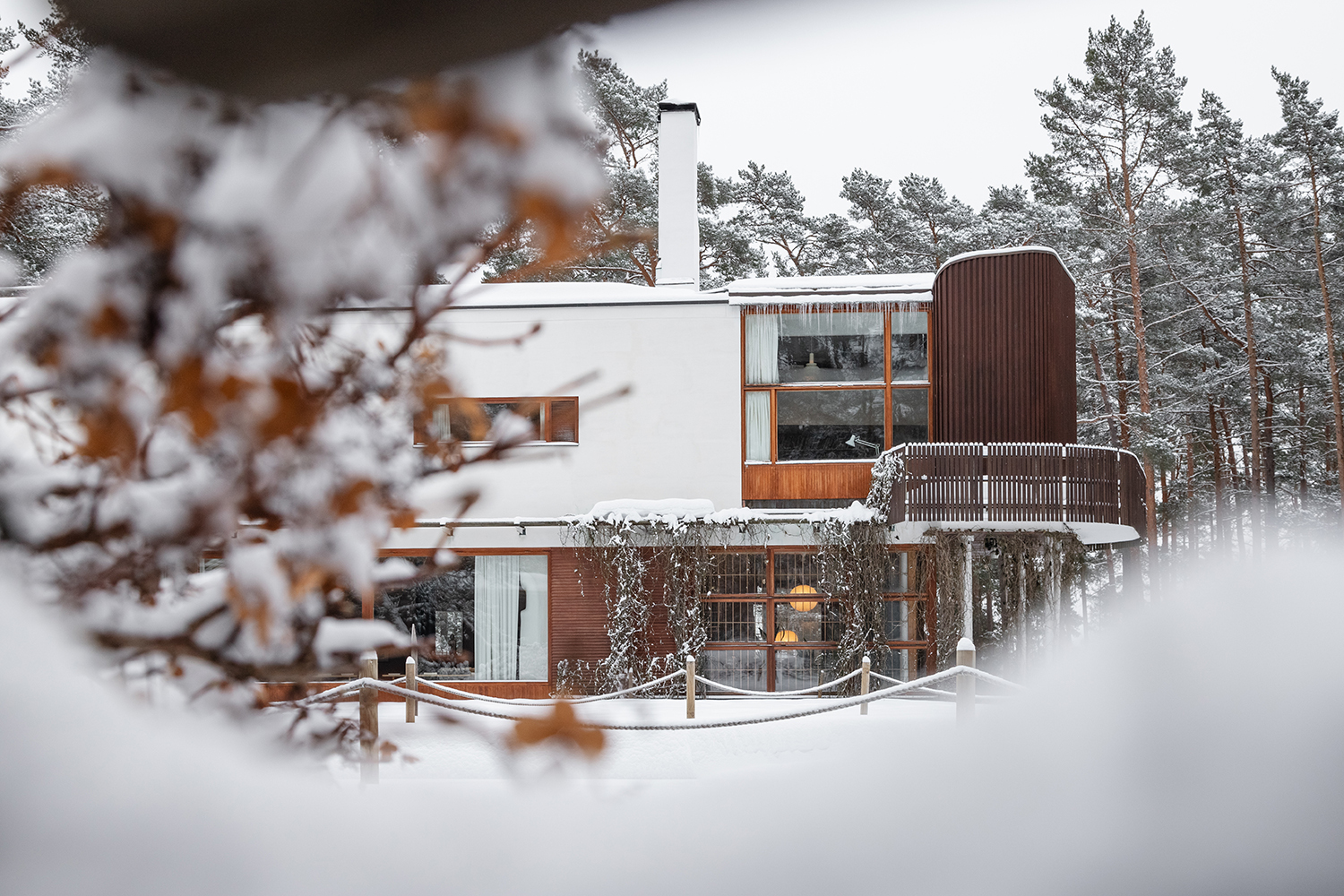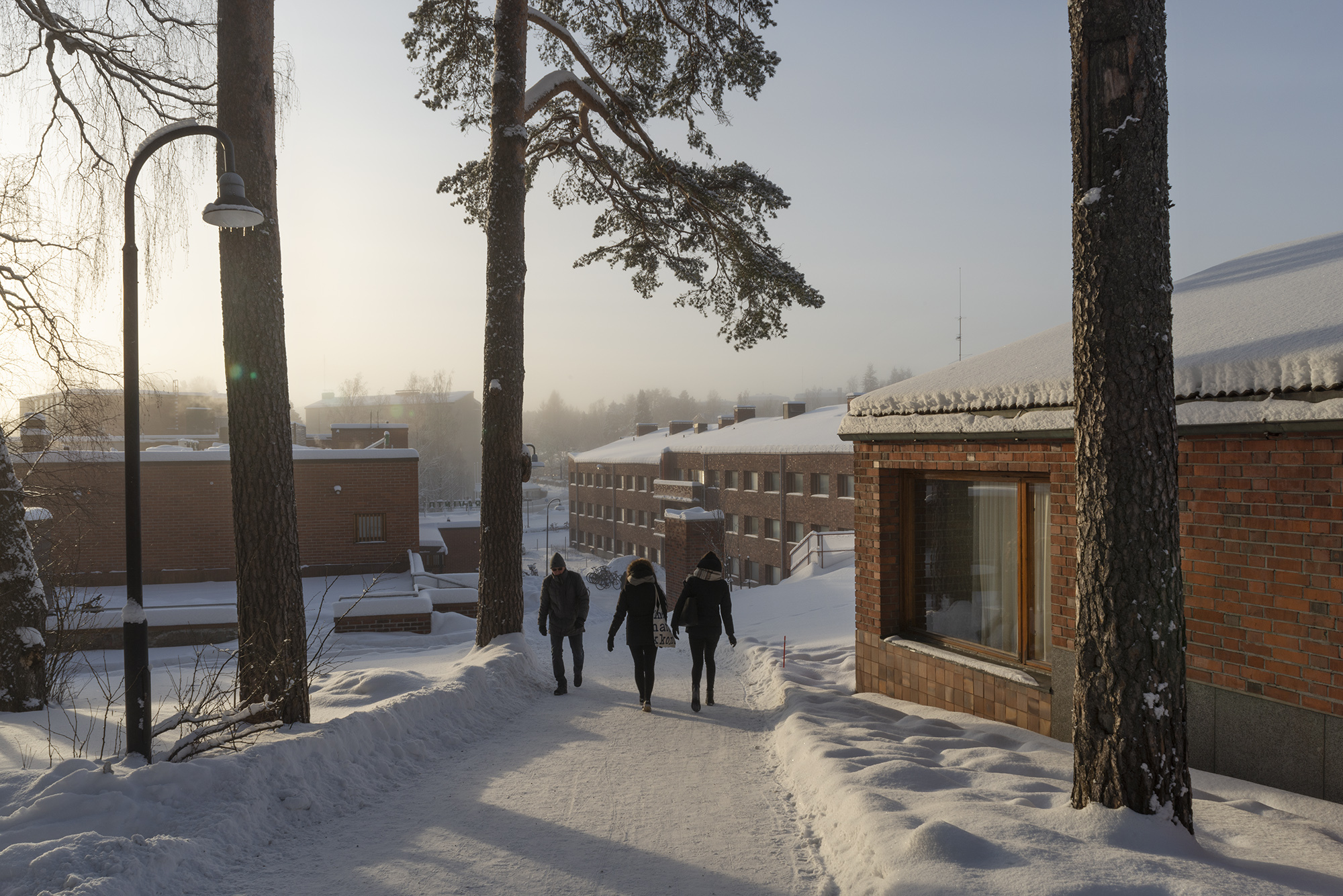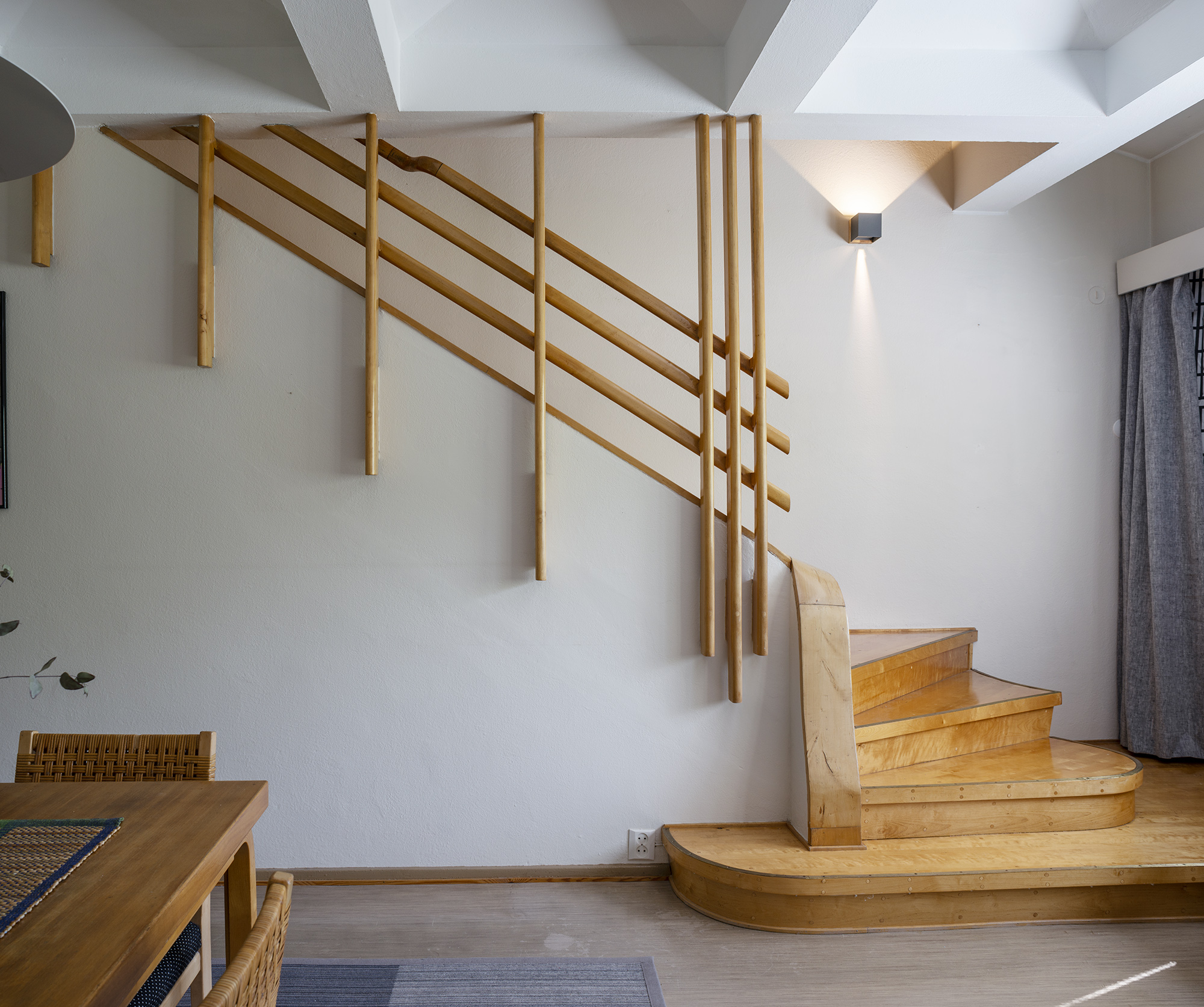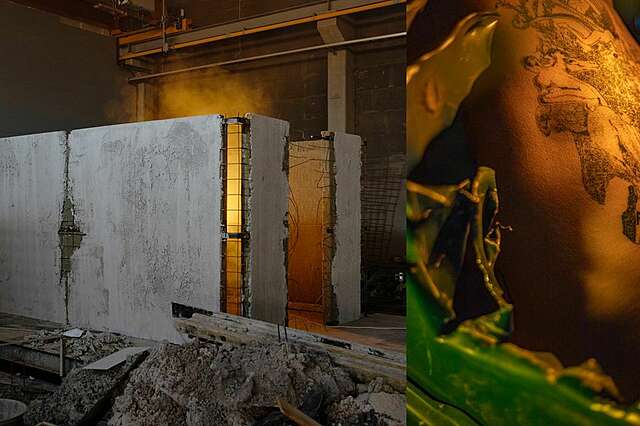Aalto World Heritage Site proposal moves forward to UNESCO

Seinäjoki Library. photo: Maija Holma / Alvar Aalto Foundation
Finland’s Ministry of Education and Culture has endorsed the nomination of the series of Aalto sites to the World Heritage List. Titled Aalto Works, the proposal comprising thirteen buildings and areas designed by Alvar Aalto and his office will be submitted to UNESCO by February. A decision on the inclusion of the series on the World Heritage List is expected in 2026.
The proposal, which has been prepared by the Finnish Heritage Agency from 2022, includes thirteen buildings and areas designed by the Aaltos that have contributed to the construction of the national welfare state. The sites have supported the well-being of communities in ways that have universal significance and influenced the development of modern architecture internationally.
The projects included in the Aalto Works proposal are the Sunila residential area in Kotka, Paimio Sanatorium, Aalto Centre in Seinäjoki, Three Crosses Church in Imatra, Villa Mairea in Pori; Muuratsalo Experimental House, Säynätsalo Town Hall and the University Campus in Jyväskylä, and the National Pensions Institute Head Office, House of Culture, Studio Aalto, Aalto House and Finlandia Hall in Helsinki.

Minister of Science and Culture Sari Multala has signed Finland's nomination. According to her, the Aalto architecture is of global interest, and the buildings have become popular tourist destinations. “The 13 properties nominated for the World Heritage List are an excellent example of the role which Aalto's diverse architecture played in building Finnish society," says Multala.
According to Tiina Merisalo, Director General of the Finnish Heritage Agency, the preparatory work for the World Heritage nomination has already contributed to the fostering of modern architecture nationally. "As it proceeds, the project will deepen our understanding of the significance of the Aaltos’ modern architecture also internationally," says Merisalo.
The preparation of the proposal has been a long process at the Finnish Heritage Agency, starting with the update of the national intention list of World Heritage Sites in 2018–2019, followed by the formulation of the intended proposal in the following years, its approval, and the preparation of the actual proposal in 2022–2024.
The proposal preparation involved a number of international and national World Heritage experts and a wide range of both national and local stakeholders from seven provinces and cities. Building owners and cities have supported the project’s promotion. The expertise of the Alvar Aalto Foundation and ICOMOS has been essential to the preparation.
From symbolic buildings to homes and studios
Most of the sites in the series are symbolic of Finland's development as a Nordic welfare state and a member of the international community. The National Pensions Institute Head Office is, in a way, the headquarters of the welfare society. The Seinäjoki Aalto Centre and the Säynätsalo Town Hall are centres of everyday democracy serving the needs of local residents, while Finlandia Hall, in the time of its completion, was a central stage for world politics.
The House of Culture was built as a landmark for Helsinki’s working-class district and a meeting place for all enjoying intellectual and physical culture. Paimio Sanatorium was a model for the development of medicine and psychology and the use of architecture to support patient life and care. The Sunila housing estate, built in a forested neighbourhood in Kotka, showed a new direction for the design of housing estates for factory workers.

The Jyväskylä University Campus, which was awarded the European Heritage Label in 2022, reflects the potential for intellectual development, both for the individual and for society. The Church of the Three Crosses in Imatra combines the everyday and the sacred, bringing to life the idea of diversity and accessibility in parish work.
As places of work and creation, the entity includes Alvar and Aino Aalto’s home and office building in Munkkiniemi, Helsinki, which embodies the combination of modern family living and creative work, and the Aalto Studio, located within walking distance of their home, whose architecture promotes a good atmosphere and equality in the working community.
Designed by Alvar and Elissa Aalto as their summer residence, the Muuratsalo Experimental House, built in the middle of nature, borrows the landscape as part of the architecture, which includes the Aaltos' experiments in brick, tile and masonry. At Villa Mairea, which the Aaltos designed as a home for their friends Maire and Harry Gullichsen, interior design and architecture are inseparable.
Aalto series will be the eighth Finnish site on the World Heritage List
Finland ratified the UNESCO World Heritage Convention in 1987. Since then, seven Finnish sites have been included on the World Heritage List. Aalto’s architecture was identified early on as a potential World Heritage site, and the preparation of the nomination dates back almost 40 years, as the Sunila factory and housing estate were proposed to be included on the intention list at a meeting of Nordic building protection authorities in Bergen in 1986.

A couple of years later, Villa Mairea was included in the reports alongside Sunila, but neither ended up on Finland's list. Instead, in 2004, the updated intention list included the Paimio Sanatorium, which was proposed for inclusion on the World Heritage List. However, due to the preliminary evaluations received, the proposal was withdrawn and the idea of nominating the series of Aalto sites as World Heritage began to take shape.
If the proposal is approved, the Aalto architectural series will become Finland's eighth entry in the World Heritage List. The other seven, in order of inclusion on the list, are the Fortress of Suomenlinna, Old Rauma, Petäjävesi Old Church, Verla Groundwood and Board Mill near Kouvola, the Sammallahdenmäki Bronze Age burial cairns in Rauma, the Struve Geodetic Arc in part of Finland and the Kvarken Archipelago.
The Aalto Works proposal will be submitted to the UNESCO World Heritage Committee in Paris by 1 February 2025. The final evaluation of the presentation will be carried out by the international ICOMOS, and a decision by the UNESCO World Heritage Committee is expected in summer 2026 at the earliest.


